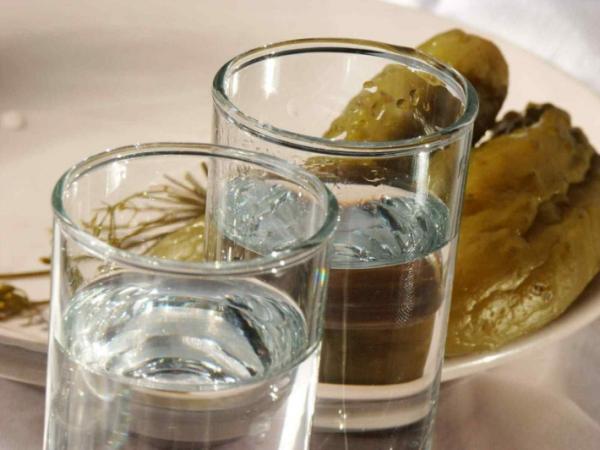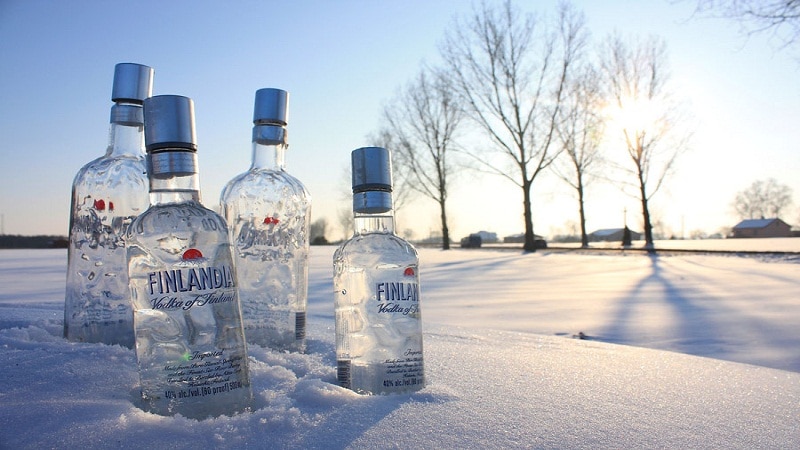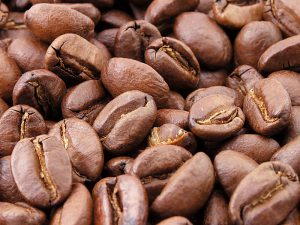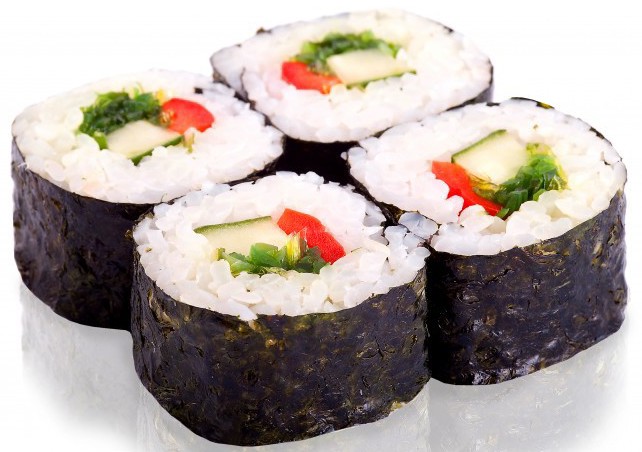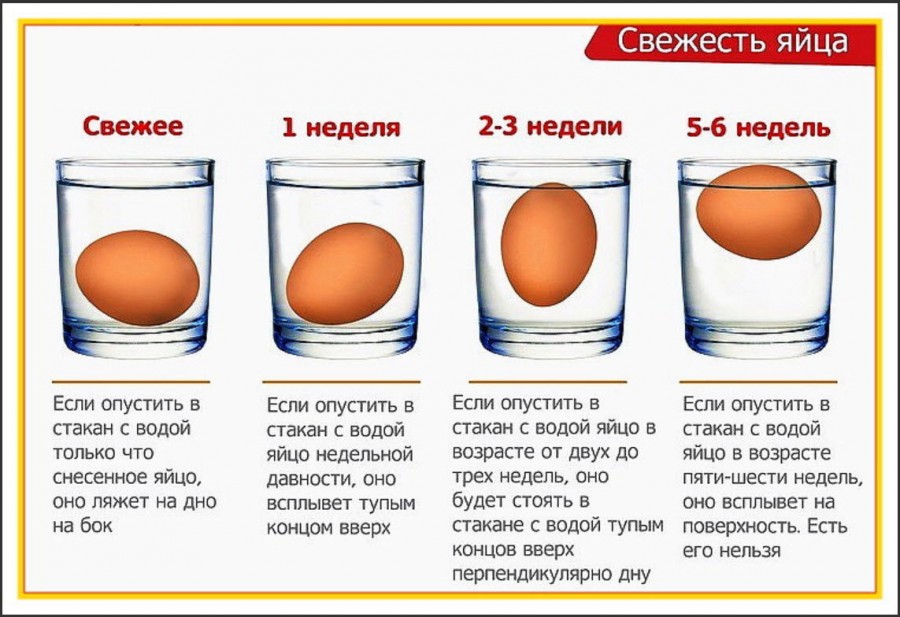What to do so that the jam is not covered with mold. Causes of mold on jam
Tasty homemade jam - the product is completely natural. This makes it a tidbit for mold, which adores open jars of your favorite jam. Why does it appear, how to deal with it, and is it possible to eat jam after mold has appeared on it, we will tell our readers.
Is it possible to eat mold jam
An open jar of your favorite jam is not always eaten right away, and often we send it in the refrigerator to eat later. And the mold on the jam becomes an unpleasant surprise, although the refrigerator has a low temperature at which mold should not develop. So where does mold come from jam and is it dangerous for our body? It can be easily collected with a spoon, but is it possible then to use such a product?
Many people are afraid of mold on jam, as it can cause liver cancer. Without a doubt, any mold on the products emits toxins, but it can only harm health if the product is used regularly. But we don’t eat moldy jam every day, so where do the toxins accumulate?
The most poisonous types of mold occur during storage of cereals, but the mold that occurs on jam is easily removed with a spoon. In this case, you need to make a margin and remove about 5 mm under the mold, since we do not see it all and the product may continue to deteriorate further. You can safely eat jam after the mold has been removed from it, but it is better to put it into heat treatment. For example, bake grated pie, your favorite jam-based dessert.
If mold has formed on the jam in a jar with a large capacity, there are two ways to remove it, in order to guarantee the product is safe from its new appearance. You can slightly dilute the jam with water, after all the mold is collected and boil it. This is guaranteed to remove all invisible mold from jam, and it will be possible to store it under vacuum for several months, as after the first seaming.
If you did not notice mold on a jar of jam and accidentally ate it, do not rush to call an ambulance. Quite everything can be dispensed with, and if the immunity is strong, he will miss the mold without consequences. In severe cases, the following exacerbations are possible:
- vomiting
- nausea;
- loss of appetite;
- weakness;
- headache;
- dizziness.
Some types of mold can cause serious poisoning, even if you boil jam. If fungi arose in a closed jar, this indicates a violation of the tightness and method of preparation. It is absolutely impossible to use such jam with mold, it must be thrown away with a jar.
Lovers of home-made homemade preparations quite often encounter such a problem when mold appears on jam.
And sometimes it can appear only on the surface of one jar, and sometimes it affects the entire batch of the prepared product. And here already among the hostesses
There are numerous disputes over
what to do with this jam now, is it possible to eat it, and how harmful is the mold that has appeared. Someone believes that it is enough to remove the mold from the surface of the jam, and it can be used. Someone believes that if at least a little mold has appeared, then, without disturbing it, the product should be disposed of immediately, and in no case should be eaten. So how harmful is the mold on jam, and what should be done with the product when it is detected?
If we talk about the opinion of scientists on this subject, then it is quite unequivocal. They are extremely negative about the use of any moldy products. Of course, excluding certain types of cheese and some other products in which special mold is grown. There are harmful and beneficial molds. Harmful mold is a breeding ground for some infections and can cause various diseases. Useful mold, in turn, presented, for example, in the form of penicillin, can cure many diseases.
What appears on our products inadvertently refers to harmful mold. A feature of mold is that it includes a huge number of spores that are distributed throughout the product. Any kind of mold includes two types of threads. Some of them consist of numerous spores and stretch upwards, while others, on the contrary, penetrate deep into the product, forming a mycelium.
In this regard, mold affects the entire product, even when it is pronounced only on one side of it. The same is with mold for jam. Despite the fact that visually the mold is located only on its surface, in fact, microspores are found in the entire product, and they are very toxic. Thus, scientists unanimously declare that removing mold from the surface of the jam will not be enough for its safe use, and the infected product must be discarded. Otherwise, serious poisoning can be obtained, and in some cases liver cancer can develop on this basis.
After such conclusions, it is necessary to understand why mold appears on jam and how this can be prevented. There may be several reasons for the appearance of mold. Such a problem may occur with poor-quality sterilization of the jar or jam cover. In this case, microbes remain on their surface, which eventually begin to develop, especially when favorable conditions arise for this. In addition, when the lid is not tightly closed, microbes can enter the can and from the air, which also contributes to the development of mold. The second reason for the appearance of mold on jam is the insufficient cooking time. This problem occurs very often, as many housewives are afraid to digest jam, which will lead to its sugaring. The third reason is the use of insufficient sugar. But here it is also important to know the line, as otherwise the jam will again be candied. And the fourth reason is the increased humidity in the room where the product is stored. By eliminating all these negative factors, you will prevent mold.
Each housewife was faced with such annoyance as mold on the surface of the jam. It is a pity to throw out a whole jar, due to a few spots on the surface. Where does it come from? You may ask, and this will be a logical question. And mold is formed due to the poor quality of the original products, if mistakes were made in the process of making jam or under the wrong storage conditions.
Firstly, the jam could simply not have been cooked, secondly, the proportions were not respected and just less sugar was added than it should be, thirdly, the container in which the jam was packaged was not clean enough or simply wet. This is what concerns cooking errors, improper storage conditions could also be detrimental. Each product has its own expiration date, and jam is no exception. It even has 2 of them, the first before the opening of the banks and the second after opening.
We figured out where the mold comes from jam, now we need to figure out what to do if jam is moldy, there are some tips for this case. The first is the simplest, but not the best way to just throw it away without any pity. But this is not always the way out, especially if your favorite jam or more than one jar of your stocks is moldy. The second method will be more suitable; you just need to remove the top layer of jam along with the mold, forgetting about this annoyance, as usual to use jam, for more satisfaction, pour the jam into a clean container.
The third method can be used if there is a lot of mold, or you were not able to carefully collect it and its small particles fell deep into the whole jam, or if you are not sure that you could collect everything, then for greater safety it can be digested, while adding more sugar. If there are whole berries in the jam, then they must be separated from the syrup, boil the syrup, then add the previously pulled berries and boil for another five to ten minutes. After this procedure, the bacteria in the jam will be destroyed. After that, it remains only to cool it and pour it into a clean dry container, glass jars are best for jam. But this method is only suitable for home-made jam, if it was bought in a store, then it is better to use the first, that is, throw it away.
Even tastier here:
 If you combine peaches with nuts, you can cook a delicious jam
If you combine peaches with nuts, you can cook a delicious jam
 How to make Swedish cranberry jam?
How to make Swedish cranberry jam?
 Lemon Peel Jam
Lemon Peel Jam
A common thing: you opened homemade jam and saw an islet of mold on its surface. Most likely, you take it off and continue to eat jam. Meanwhile, doctors warn - any product with mold can harm health. And sometimes it can lead to irreversible processes in the body. Natalya Samoilenko, dietitian of the Kiev city health center, spoke about the dangers of mold.
What is dangerous mold
The vernacular definition of "mold" refers to several thousand species of microscopic fungi, each of which has individual properties. Some of its species, for example, Penicillium notatum, have become a salvation for mankind (the first antibiotic, penicillin, was obtained from them), others produce toxins and can cause diseases.
White plaque on vegetables or a green streak in bread can be harmful. Mold affects the body invisibly, akin to radiation.
Aspergillus flavus is considered the most poisonous yellow mold. It produces the strongest poison, causing severe pneumonia and liver cancer. This mushroom affects food products (liver, fish, milk, rice, groundnuts are most susceptible to it).
Fighting mold is useless
Even if part of the product is moldy, you can be sure that the entire product is contaminated with spores. Most often we see mold on jam, tomato paste, yogurt, cottage cheese, sour cream. Many do not attach importance to this fact. However, even the appearance of a small speck of mold is a formidable signal.
Heat treatment does not affect the toxins contained in the products. Therefore, moldy jam, bread, vegetables, fruits, or nuts are futile to try to neutralize in a microwave or oven. No matter how sorry they are, it is better to get rid of them.
If you inadvertently eat a moldy product, immediately detoxify the body. Simply put, take activated charcoal, which is probably in your medicine cabinet, at the rate of 1 tablet per 10 kg of weight.
Safe views
But cheeses with mold can be eaten without fear (but not more than 50 g per day!). Three types of cheese mold are used for food: white (for example, on a camembert crust), red or orange (in fact, tinted white) on the Münster, and blue, which is found in Dor Blue. Blue and red mold in cheeses is the same penicillin, so you should not be afraid of it. Black cheese is a rarity. Just in case: this mold is cleaned before use! And one more thing: cheeses with moldy crust cannot be stored for a long time. Pay attention to the expiration date indicated on the label.
Preventive measures
To protect the bread from mold, take a cotton swab, drop 5-7 drops of iodine on it, place in a clean glass vial or tube. Cover with a clean cotton swab and place in a plastic bag with bread. Mold will not hit the bread for at least a week.
The refrigerator and the bread box can be protected from mold by wiping their surfaces with a solution of drinking soda (1 tsp. In a glass of water), and then treating with a solution of vinegar.
Each jar of homemade jam stores in itself not only vitamins, but also love, patience, care of the hostess. It is very disappointing when mold is found under the lid. The delicacy seems hopelessly spoiled. What to do if jam is moldy? Experts say: do not rush to throw it away. There are many ways to remedy the situation.
What to do if jam is moldy
How to cook jam so that it does not mold
White, yellowish, or green mold films on foods are fungal colonies. For their reproduction moisture and oxygen are necessary. A tightly closed jar immediately attracts fungal spores. There are many reasons why homemade jam is moldy:
· Too wet fruits were selected;
· On the day of preservation there was an increased air humidity;
· Not enough sugar in the composition;
· Jam is boiled a little. Fruits did not have time to soak in sugar properly;
· The product was stored in a moist place;
· Banks were poorly sterilized or not tightly closed.
· Too much air space remained between the jam surface and the lid.
One reason is enough for the product to be affected by fungi.
For preservation to be successful, you need to cook jam on a warm, dry day. In sterilized jars, they pour very hot jam fresh from the fire. It is important to leave 3-6 mm of empty space under the cover. Extra protection - wax or parchment paper. The lids of the still hot cans are wrapped in it and tied tightly.
Jam mold: what to do?
Molds are dangerous to human health. They cause numerous allergies, dysbiosis. Recent studies claim that eating moldy foods can lead to oncology. Therefore, a spoiled product must be processed.
Thin layer of mold must be carefully removed with a spoon. Jam tastes. If there is no smell or taste of mold, the jam is transferred to a clean jar or bag and placed in the freezer. Low temperature will destroy the spores of the fungus invisible to the eye. This jam can be eaten, pre-thawed.
Is it possible to digest moldy jam? Certainly, heat will kill mold spores. The mold layer must be removed, the jam should be poured into clean dishes. Add sugar (200 g per 1 liter) and boil until frothy. Foam should be removed and discarded, and jam as soon as possible to eat. Best of all - use as a filling for pies.
Moldy jam is processed only if the layer of fungus is not thicker than 2 cm. A product that has retained a bad smell after removing mold should also not be digested. He is struck by spores to the bottom of the can and can be harmful to health.
